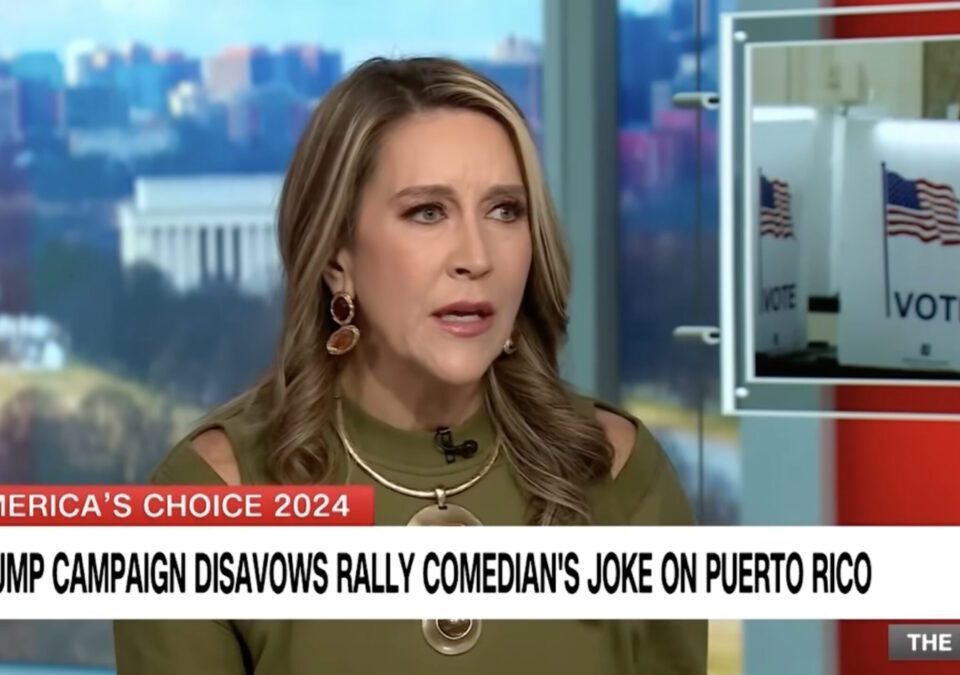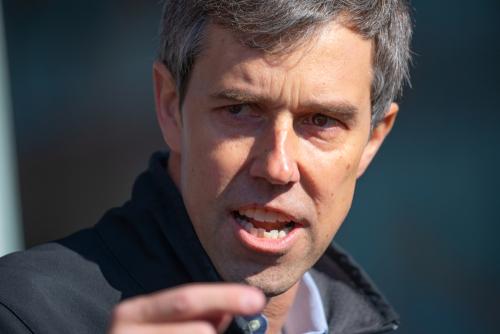
Activists Admit ‘Nonpartisan’ Voter Registration Schemes Were Always About Boosting Democrats
August 21, 2025Trump’s Black Wall Move SPARKS $46 Billion Storm…
President Trump’s latest border wall directive—to paint the entire southern barrier black—signals a bold escalation in physical deterrence, sparking fierce debate over immigration, taxpayer spending, and the future of constitutional protections.
Trump’s Black Border Wall: Renewed Physical Deterrence at the Southern Border
On August 19, 2025, Homeland Security Secretary Kristi Noem announced in Santa Teresa, New Mexico, that the entire southern border wall will be painted black, acting on President Trump’s direct orders. Noem emphasized that the paint serves a dual purpose: making the wall dangerously hot in the sun to deter illegal crossings and protecting steel from rust. This move marks a highly visible policy shift, directly tying physical deterrence to the administration’s immigration agenda and reinforcing border security as a pillar of Trump’s second term.
Painting began immediately in New Mexico, with plans to expand along the whole border over coming months. The initiative is part of a broader border security surge, funded by the “One Big Beautiful Bill Act,” which Congress passed earlier this summer. The $46 billion package covers wall completion, new technology such as cameras and sensors, and operational upgrades. The administration claims these steps are necessary to reverse years of failed border enforcement and restore the rule of law, citing a sharp decrease in illegal crossings since Trump returned to office.
Origins and Rationale: Trump’s Immigration Crackdown and Policy Evolution
The idea of painting the wall black originated in Trump’s first term, with limited tests conducted in 2020. Back then, legal and funding battles hampered broader implementation. Trump’s 2024 re-election victory, however, sparked a renewed push for physical and technological barriers, mass deportations, and a zero-tolerance posture at the border. The administration now frames the black paint as a practical, cost-effective way to enhance deterrence, aligning with campaign promises to secure the border and protect American communities from the consequences of unchecked illegal immigration.
Supporters within the administration and Congress argue that the intensified deterrence is overdue, blaming previous leftist leadership for prioritizing humanitarian concerns over national security. By leveraging environmental factors—like heat absorption by black paint—Trump’s team underscores their willingness to use every tool available to stop illegal entry and defend the Constitution from policies they view as eroding sovereignty and public safety.
Fiscal and Social Impacts: Spending, Security, and Constitutional Concerns
The wall painting initiative comes with significant federal expenditure—$46 billion for wall upgrades, technology, and enforcement. Critics, including immigration advocates and some policy experts, question the effectiveness of the black paint as a deterrent, suggesting that determined individuals may still attempt crossings, especially at night or with protective gear. There are also concerns about increased injuries for migrants exposed to extreme heat and potential humanitarian risks, particularly for families and children.
Conservative supporters counter that this investment is not only justified but long overdue, emphasizing that open borders and lenient policies have led to fiscal mismanagement, surging illegal immigration, and threats to law-abiding citizens. They see the new wall strategy as restoring accountability, strengthening constitutional protections, and ensuring that federal resources serve the interests of American taxpayers rather than incentivizing unlawful entry or government overreach.
Expert Opinions and the Broader Debate: Effectiveness and Values at Stake
Security experts are divided: some believe the black paint will enhance deterrence and wall longevity, while others see it as largely symbolic. Academic voices caution that physical barriers alone cannot resolve the root causes of migration and may carry unintended consequences for border communities. Still, the policy’s symbolism resonates with Trump’s base, who view it as a tangible rejection of past “woke” agendas and a clear assertion of American sovereignty. The debate underscores broader questions about the balance between security, humanitarian responsibility, and constitutional rights in shaping the nation’s future.
As painting progresses along the border, the Trump administration signals no retreat from its hardline stance. The black wall stands as a new symbol: a message to would-be crossers, a rallying point for supporters, and a lightning rod for critics. Whether this bold step delivers the promised results or remains a potent gesture, it has already reignited the national conversation on immigration, security, and what it means to defend the American way of life.
Sources:
Trump orders Southern border wall painted black to deter illegal crossings | Axios
Kristi Noem reveals striking new layer to Trump’s border wall strategy | Fox News

C. Rich is the voice behind America Speaks Ink, home to the America First Movement. As an author, freelance ghostwriter, poet, and blogger, C. Rich brings a “baked-in” perspective shaped by growing up on the streets and beaches of South Florida in the 1970s-1980s and brings a quintessential Generation-X point of view.
Rich’s writing journey began in 2008 with coverage of the Casey Anthony trial and has since evolved into a wide-ranging exploration of politics, culture, and the issues that define our times. Follow C. Rich’s writing odyssey here at America Speaks Ink and on Amazon with a multi-book series on Donald Trump called “Trump Era: The MAGA Files” and many other books and subjects C. Rich is known to cover. CRich@AmericaSpeaksInk.com
“America Speaks Ink is a Google News approved source for Opinion”




